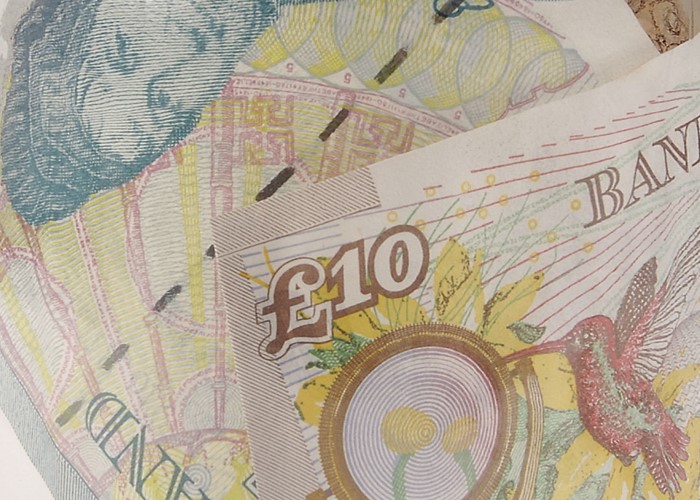
The government is keen to increase take up and encourage contributions to the Child Trust Fund - but will its initiatives really help?
If, like me you have a child born after 1 September 2002 you will no doubt have heard of the Child Trust Fund.
Essentially, all babies born after this date have been sent a voucher by the government worth £250 (£500 for low income families) to be saved or invested on their behalf into a dedicated "Child Trust Fund" (CTF) account. What's more, the government has promised to top up accounts by a further £250 (£500 for low income families) when the children turn seven.
The aim of the scheme is to get us parents thinking about the long-term, financial future of our little terrors and, as the CTF accounts can be topped up by family and friends with up to £1,200 each year, it is hoped that a healthy nest egg will have been created by the time the child turns 18, when the account is closed. (Incidentally, the money will be able to retain its tax-free status as the government has promised that CTF accounts will be able to roll into cash ISAs).
Of course, the scheme isn't without its problems and, perhaps surprisingly, take-up has been one of them. Although you'd think being sent a £250 voucher for your child by the government would have parents clamouring to pay it into an account before their child starts solids, for some this has been far from the case.
And although after a year unused vouchers are automatically invested on behalf of the child by the government, parents don't get to choose this account - and the child will have missed out on 12 months' interest!
Change for the better
The Economic Secretary, Kitty Ussher has now published the second annual Child Trust Fund statistical report, which shows that three-quarters of parents have actively opened their child's CTF, but only a quarter of accounts have had additional money paid into them. This seems to have prompted the government into announcing the following three initiatives to promote parental engagement with the scheme, in particular "harder to reach" groups.
The first initiative is aimed at helping less financially confident parents to understand what the CTF scheme is all about, and to do this, "voluntary and sector organisations" are being trained to provide face-to-face support.
The second involves sending reminder letters to parents that have failed to open their child's account after eight months of receiving the voucher (this was apparently trialled this year and resulted in parental opened accounts increasing by 8 percentage points).
Finally, HM Revenue and Customs (HMRC) will consult with CTF account providers to see if it would be possible for parents to open accounts to open accounts without having to send in the voucher, in an attempt to make the process easier.
It's clearly hoped that these initiatives will help with the take up of the scheme, and encourage parents to take an interest and top up their child's account. And I believe the reminder letter is a very good idea, as anyone who's had a child will know how the first few months fly by in a flash, in which time it would be easy to forget all about a voucher languishing in a drawer.
Teething problems
The CTF scheme is, in my opinion, unnecessarily complicated and badly explained, and although the government appears to be addressing this problem by targeting less financially confident parents, I know very financially astute couples who have had no idea where to put their child's voucher.
The Child Trust Fund website itself can complicate -- rather than simplify -- the system with jargon. And although even it states that a shares-based CTF can be a far more lucrative choice than a simple savings account, finding a good comparison table of stakeholder/shares based accounts can be very difficult.
What is perhaps most irritating is that, although the government has stated that fees for stakeholder products must be capped at 1.5%, many providers have taken that percentage as the figure to use. This means that should you choose a supposedly cheap tracker CTF you can find your child is charged the full annual charge of 1.5% -- when a similar, non-CTF tracker can be found charging just 0.4%!
Personally, although I appreciate the government's sentiments I would like to see an overhaul of the whole scheme and general simplification of what's available to children and their parents.
In the meantime, don't let your child's £250 go to waste. If you're struggling to decide where to open a CTF, you can get plenty of help on the subject by reading articles on the subject from sites such as the Fool's!
More: 10 Things to know about Child Trust Funds| Make the most of your Child Trust Fund | Saving for Children Centre